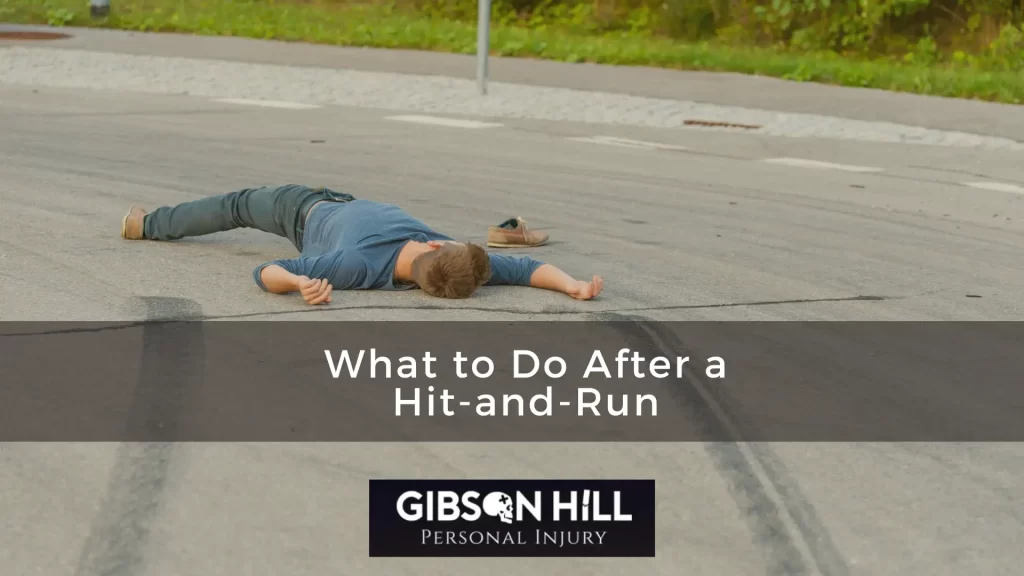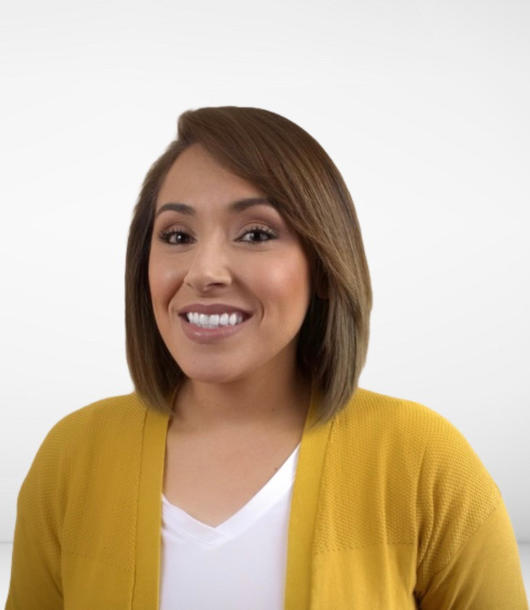
Being involved in a car accident is traumatic enough. But being the victim of a hit-and-run can be even more stressful. A hit-and-run occurs when one party leaves the collision scene without providing information to the other driver. Read on to find out what you should do after a hit-and-run accident and your legal options if this happens to you.
What to Do After a Hit-and-Run
After getting hit by another driver who leaves the scene of the accident, you should do the following to protect your rights and build a strong case:
Pull over and check for injuries
When involved in a collision, you should pull over and check to see if anyone is injured. Failing to do so could lead to traffic citations and serious consequences.
Call the police
It is vital that you call law enforcement to report the collision, especially if someone is injured. When you report the hit-and-run, the operator may request information about the accident. The information includes the collision’s time and location and the fleeing vehicle’s make and model.
Document relevant information
It’s essential to write down things like the license plate number, make and model, and any other identifying features of the other car involved. The sooner you write this information down, the more accurate it will be. It’s human nature to forget or confuse details the further we get from an incident.
Talk to witnesses
Politely ask witnesses for their contact information. Then ask if they would be willing to make a statement to the police. Witnesses can provide valuable information about the collision and the car that fled. Getting their statements can make a substantial difference in locating the other driver and building a strong case.
Seek medical attention
Seeking medical attention is crucial to protecting your health. Many injuries may not show symptoms for hours or days after a collision. Getting those identified and treated early can make a substantial difference in how you feel weeks after a crash. Getting checked out by a doctor also creates a record of your injuries which is helpful when filing an insurance claim.
Consult an attorney
A skilled and knowledgeable car accident attorney with experience in hit-and-run collisions can make a difference in your case. An attorney can investigate the crash, gather evidence, and thoroughly review your insurance policy to determine coverage. They will handle communications with the insurance adjuster.
Notify your insurance company
Even if the police find the other driver, you should notify your insurance company about the collision. Your insurance company can help you file a claim and may cover expenses if the other driver is never found or doesn’t have insurance.
Read more: What Evidence Is Needed to Prove a Hit-and-Run
How to Report a Hit-and-Run
In one recent year, it was estimated that over 737,000 hit-and-run crashes happened, resulting in approximately 2,000 fatalities.
Reporting a hit-and-run is vital because the police will attempt to track down the other driver and hold them responsible for their actions. You can report the hit-and-run by calling law enforcement and provide information about the vehicle you saw fleeing. An officer should investigate the incident and write a report of their findings.
During the investigation, you should cooperate with the police. You may need to testify in court if they locate the other driver. However, if they cannot find the other driver, the police report can be helpful for your insurance claim because it verifies there was a collision and the driver fled.
Read more: How Your Legal Team Can Track Down Your Hit-and-Run Driver
Will Insurance Cover My Injuries in a Hit-and-run
You must rely on your insurance If the other driver is not located. Your insurer will cover you if the other driver does not have insurance or does not have enough insurance to cover your expenses. Depending on your insurance policy and the circumstances of the hit-and-run, you may have multiple options to get your expenses covered under your car insurance, including:
- Collision coverage – If the other driver is not located and you have collision coverage on your policy, it will cover damage to your vehicle. However, it will not pay for injuries from the hit-and-run.
- Personal injury protection (PIP) insurance – If your insurance company offers PIP coverage and you have it on your policy, it can cover 80 percent of your medical expenses related to the hit-and-run.
- Uninsured motorist coverage (UM) – If the other driver is located but not insured and you have UM coverage, it will cover expenses related to the collision. These expenses may include anything related to your injuries, car repair or replacement, and renting a car while your car is being repaired.
- Underinsured motorist coverage (UIM) – If you have UIM coverage and the other driver is located but does not have enough insurance to cover your collision-related expenses, this insurance will kick in. UIM insurance covers your expenses that exceed the other driver’s insurance limits.
Contact Gibson Hill Personal Injury for Help Today
At Gibson Hill Personal Injury, our attorneys understand that being involved in a hit-and-run is frustrating and overwhelming. Taking the appropriate steps to protect yourself is vital after a hit-and-run because failing to do so could lead to severe financial consequences.
If you were injured in a hit-and-run in Texas, contact our hit-and-run car accident attorneys at 713-659-4000 or online for a free case review.
Read more:
- Do I Have A Claim if I Was Injured by An Uninsured Driver?
- What NOT To Say to an Insurance Adjuster
- How Long After a Hit-and-Run Will the Police Contact You?
- How Do You Know if You Have a Personal Injury Case
- Five Tips for Talking to Your Doctor About Your Car Accident Injuries
- How Long Does a Hit and Run Investigation Take in Houston




